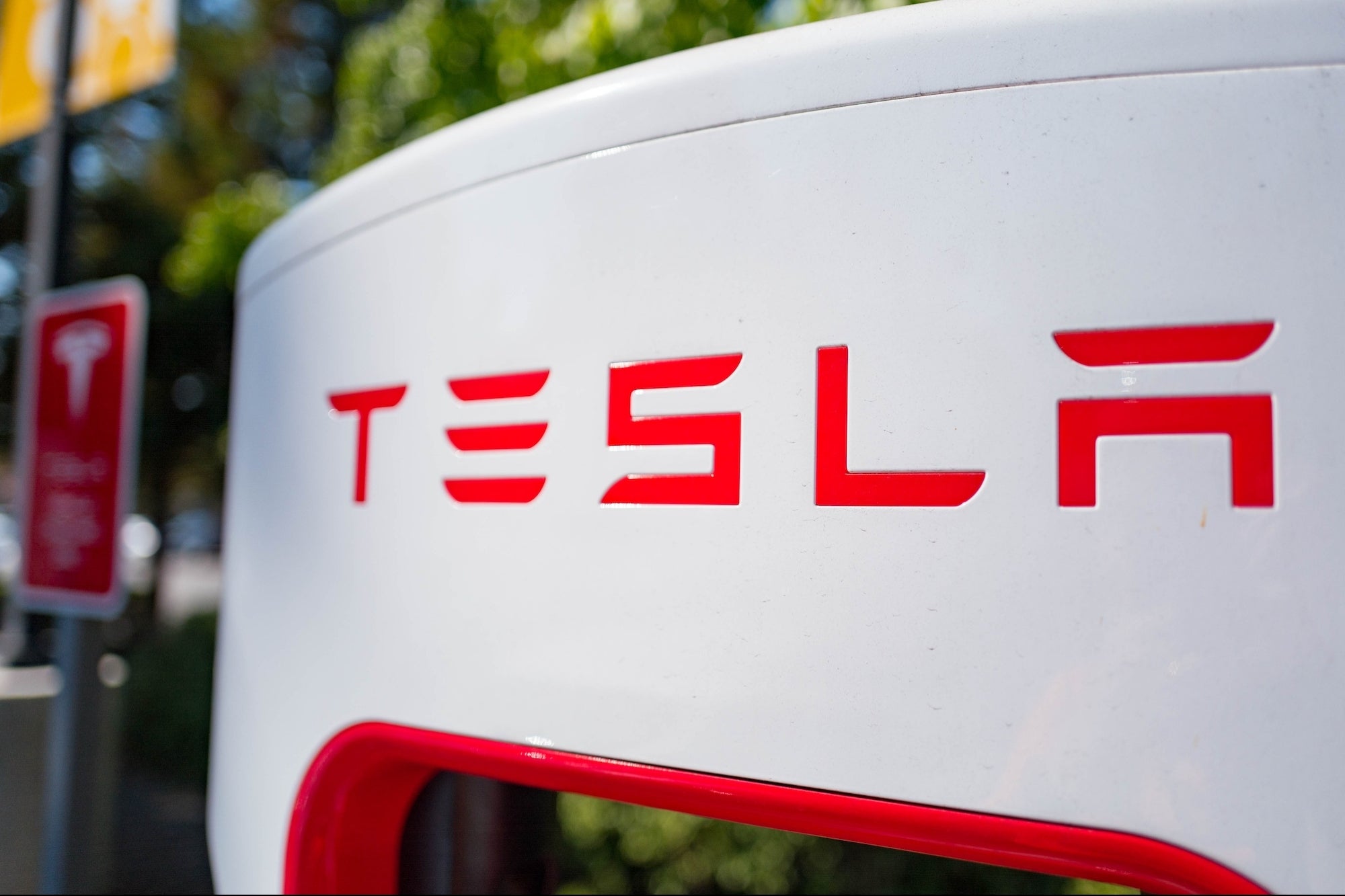What 3-D Printing Means for the Independent Inventor While this technology was initially limited to R&D labs, now it's pervading almost every industry. A person with an idea can create a prototype of a product with greater ease.
By Louis Foreman •

Opinions expressed by Entrepreneur contributors are their own.
Three-dimensional printing technology was patented in the early 1980s by Chuck Hull, who co-founded 3D Systems, but it's just now emerging as a trend.
While the earliest applications of 3-D printing were limited to research and development labs, today the process is pervading almost every industry and the trend is showing no signs of slowing.
Food can now be printed with 3D Systems' ChefJet series. Designer Bradley Rothenberg recently debuted 3-D printed textiles on the runway at New York Fashion Week. The technology has even made inroads within the medical field with research supporting the viability and economical value of 3-D-printed prosthetic limbs.
Related: 3-D Printing Points Way to Smarter Cancer Treatment
As the cost of printing continues to decline, the technology is becoming increasingly accessible and consumer applications continue to evolve.
Now that consumer-friendly printers are on the market priced for less than $2,000 and 3-D printing services are readily available, an inventor is more able than ever to bring ideas to fruition from his or her own garage.
Three-dimensional printing "levels the playing field, putting the most advanced manufacturing tools on desktops, in garages and in small businesses all over the world, and making them readily accessible through service bureaus," says Avi Reichental, president and CEO of 3D Systems of Rock Hill, N.C.
Related: Small Businesses and Entrepreneurs Will Lead the Way for 3-D Printing Adoption
Inventing is an iterative process. An entrepreneur learns by trial and error. Prototyping, whether through traditional means or 3-D printing, means the inventor must be aware of how each component affects the overall product, for better or worse.
The use of 3-D printing has the ability to streamline this process in a timely and cost-effective manner. Design challenges and proof of concept viability become more apparent and drawbacks can be quickly remedied.
While traditional prototyping requires a degree of craftsmanship, 3-D printing makes it easier to bring an idea to life without an entrepreneur getting his or her hands dirty, especially with the help of open innovation platforms.
By participating in 3-D printing open-innovation platforms such as Spark, RepRap, Lulzbot and MakerBot Thingiverse, users can legally exchange digital information for products that will be 3-D printed. Members of the communities surrounding these platforms can access the computer-assisted drawings and files of other members to do three-dimensional printing.
That way, individuals with product ideas can easily access thousands of product-design files that have been tweaked and uploaded. This collaborative exchange eliminates some of the preliminary guesswork involved with prototyping, making it easier for ideas to be conceptualized and then developed into prints.
Access to 3-D printing open-innovation platforms is especially helpful when an inventor prints out an product that contains many internal components. Rather than exhausting a lot of resources to visualize, develop and print all the necessary pieces, inventors can often find the preliminary work in a form that's ready to be printed and free to access.
In addition, three-dimensional printing and computer-aided design services are becoming widely available to inventors who have a sketch or vision but who lack the technical skills to convert it into a printable file. Major office-supply chains, such as Staples, local printing and graphic shops and even UPS have begun offering 3-D printing services for a nominal fee.
Of course, creating a prototype is just the first step in bringing an idea to market.
Related: From Eye Shadow to Entire Houses: 7 of the Craziest 3-D Printed Creations Yet











